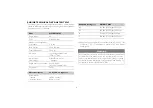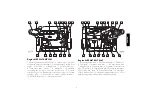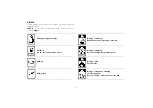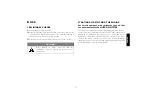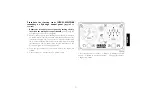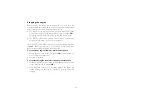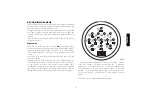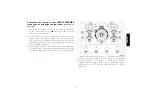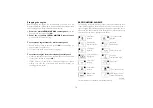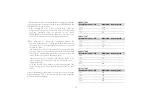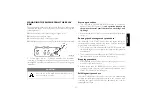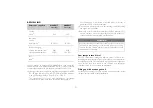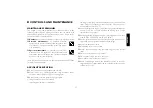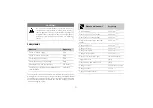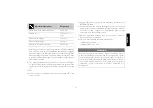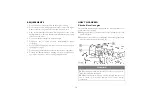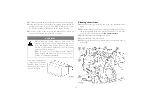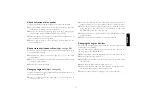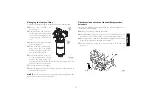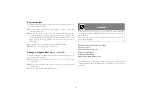
22
FOR PROPER USE OF THE ENGINE
Do not continue to press the starter, when the engine has started.
Do not remain in dock while waiting for the engine to warm up,
but after starting, commence navigation at low speed; the working
temperature will be reached properly with the engine running at
medium speeds.
Do not operate the engine at minimum speed for long periods, as
this encourages the production of harmful exhaust and does not
guarantee optimum performance.
The engine speed must be increased and decreased gradually, to
allow regular combustion and proper operation of all engine
components.
The maximum cruising speed must not be more than 90% of the
speed corresponding to maximum power (see section on ENGINE
TECHNICAL DATA).
During navigation, check that:
• The engine coolant temperature does not reach the alarm
threshold.
• The oil pressure remains within normal values.
SPECIAL WARNINGS
Coolant temperature high
If the temperature indicated on the instrument is considered too high,
or if the alarm is displayed, reduce speed and return to port to check
the state of the sea water intake and cooling system circuits; also check
and have checked:
• tension of the water pump and alternator command belts.
• operation of the thermostat valve.
• whether or not the heat exchangers are clean.
Low lubricant pressure
If the pressure indicated by the instrument is considered insufficient, or
if the “low oil pressure” indicator lights up, stop the engine and check
the oil level. Top up if necessary (see CONTROL AND
MAINTENANCE section).
If the condition persists, return to port at low speed and contact an
Authorised Service Centre.
CAUTION!
When the engine is warm, a pressure liable to cause
hot liquid to be expelled with extreme violence is
created within the cooling circuits. This results in a
danger of burning. Only open the coolant tank cap if
strictly necessary, and only when the engine is cold.

